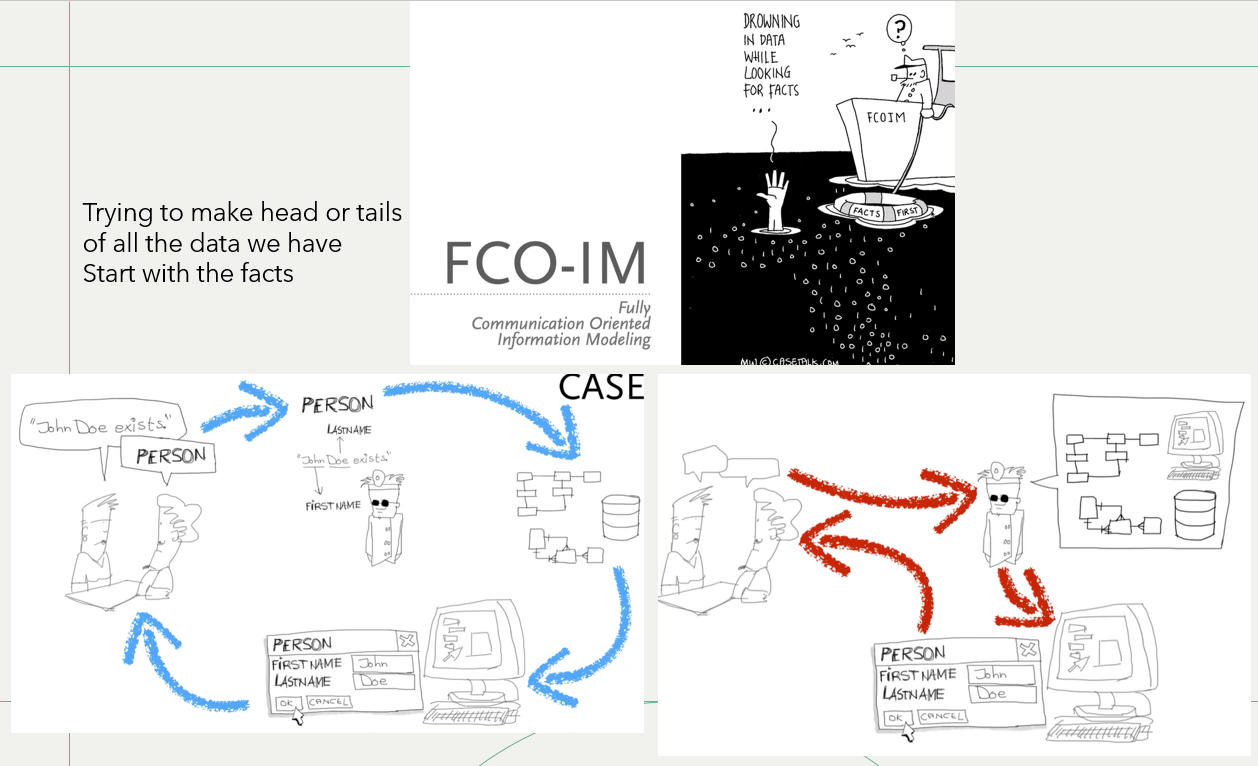Data Works When Precision Matters
Date: May 8, 2023
Author: Howard Diesel
Presenter: Marco Wobben
Data Works When Precision Matters
In data management and software development, different purposes use different languages. Languages ranging from data governance, data modelling, business/data analysis and beyond.
The DAMA Data Management Body of Knowledge (DMBOK) aims to establish a standard language for all data management domains, but only some follow it. Moreover, each business has its terminology, which may differ from industry to industry, company to company and, sometimes from department to department.
This multitude of languages creates significant challenges when IT professionals communicate with businesspeople. When speaking facts about business events, we need to address this with great care and precision.
In this webinar, Marco Wobben presents some helpful techniques for achieving the conformance and precision we all need.
First Technique
The first technique advises us on how to start the development of a shared common language. And provides the following steps:
Understand the different business domains and choose one. Preferably begin with smaller parts.
Build the shared domain language for the selected part.
Build the shared common language by using the second technique.
Second Technique
Choosing Domains Based on Core Business Concepts
The second technique provides these steps:
Informal discussions using human communication helps us understand the business need and context.
Meet to formalise the language and provide standardised definitions for the core business concepts.
Model the facts that describe daily business events and recognise the required business constraints. The modelled points represent the business information grammar.
Generate logical data management artefacts depending on your data modelling approach.
Implement the physical data management system.
Drowning in Data
One question that stuck with me was this one:
Are you drowning in data whilst looking for facts?
This question struck me when I considered the information needed to build the Business Data Vault from the Raw Data Vault.
We need accurate business definitions of the core business concepts and relationships before choosing how to populate the business data vault from the facts in the raw data vault.
We also need the appropriate set of business constraints to ensure that our business data vault contains fit-for-purpose data.
Click here for the original article.
If you want to receive the recording, kindly contact Debbie (social@modelwaresystems.com)
Don’t forget to join our exciting LinkedIn and Meetup data communities to not miss out!





